The Terrace Houses of Ephesus: Residences of the Roman Elite
The Terrace Houses, also known as the “houses of the rich,” represent one of the finest examples of residential architecture in ancient Ephesus. Located opposite the hill from the Temple of Hadrian, these houses were constructed following the Hippodamian plan of Hippodamus of Miletus, in which the city streets intersected at right angles. These luxurious residences offer a unique glimpse into the daily lives of the Roman elite between the 1st century BC and the 7th century AD.
History and Location of the Terrace Houses
The Terrace Houses are situated on three terraces on the lower slopes of Mount Bülbül. This complex includes six residential units, the earliest of which dates back to the 1st century BC. These houses were in use until the 7th century AD, when they were abandoned due to social and economic changes in the region.
A Design Inspired by Roman Architecture
Inspired by classical Roman houses, the Terrace Houses were designed to provide comfort and luxury to their inhabitants. Protective roofs and interior courtyards (peristyles) were common elements that ensured both functionality and aesthetic appeal.
Structure and Design of the Houses
Most Terrace Houses had two floors. The ground floor housed living and dining rooms, while the upper floor contained bedrooms and guest rooms. Although the upper floors have collapsed over time, excavations have revealed fascinating details about their interior design.
Mosaics and Frescoes
The floors of the houses were adorned with intricate mosaics, while the walls featured decorative frescoes. These artistic elements not only beautified the residences but also reflected the social status and refined tastes of their owners. Thanks to restoration efforts, many of these mosaics and frescoes have been preserved, and two of the houses have been opened to the public as a museum.
Heating and Water Systems
The Terrace Houses featured an advanced heating system similar to those used in Roman baths. Clay pipes beneath the floors distributed hot air through the walls, warming the entire house. Additionally, the houses were equipped with cold water systems, adding an exceptional level of comfort for their time.
Innovation and Comfort
These heating and water systems are a testament to Roman engineering expertise. They ensured comfort throughout all seasons, making these residences a privileged place for the Ephesian elite.
Lighting and Habitability
The rooms in the Terrace Houses lacked windows, meaning that lighting relied exclusively on natural light entering from open areas like the interior courtyards. While this made some rooms dim, it also helped maintain a pleasant indoor temperature.
A Design Focused on Functionality
Despite limited lighting, the design of the Terrace Houses prioritized comfort and privacy for their residents. The interior courtyards not only provided light but also served as spaces for social life and relaxation.
Excavations and Conservation
Excavations of the Terrace Houses began in 1960 and have revealed numerous details about their design and the lifestyle of ancient Ephesians. Two of these houses have been restored and are open to the public, offering visitors a unique experience to explore the lives of the elite in Ephesus.
A Living Museum
The restored Terrace Houses allow visitors to walk through the same spaces once inhabited by Ephesians centuries ago. The mosaics, frescoes, and architectural details provide a fascinating window into the past.
Tips for Visiting the Terrace Houses
- Location: The Terrace Houses are located opposite the Temple of Hadrian on the slopes of Mount Bülbül.
- Recommended visiting time: It is best to visit early in the morning or late in the afternoon to avoid the heat and better appreciate the architectural details.
- Respect the site: As an archaeological site, it is important to respect the designated areas and avoid touching the mosaics or frescoes.
Conclusion
The Terrace Houses of Ephesus are an impressive example of luxurious living in ancient Rome. With their sophisticated design, innovative systems, and decorative art, these houses reflect the wealth and refinement of the Ephesian elite. Visiting these residences offers a unique opportunity to immerse yourself in the past and discover how the most influential people of Ephesus lived. A tour of these houses is an invaluable chance to explore the history and culture of one of the most important cities of the ancient world.

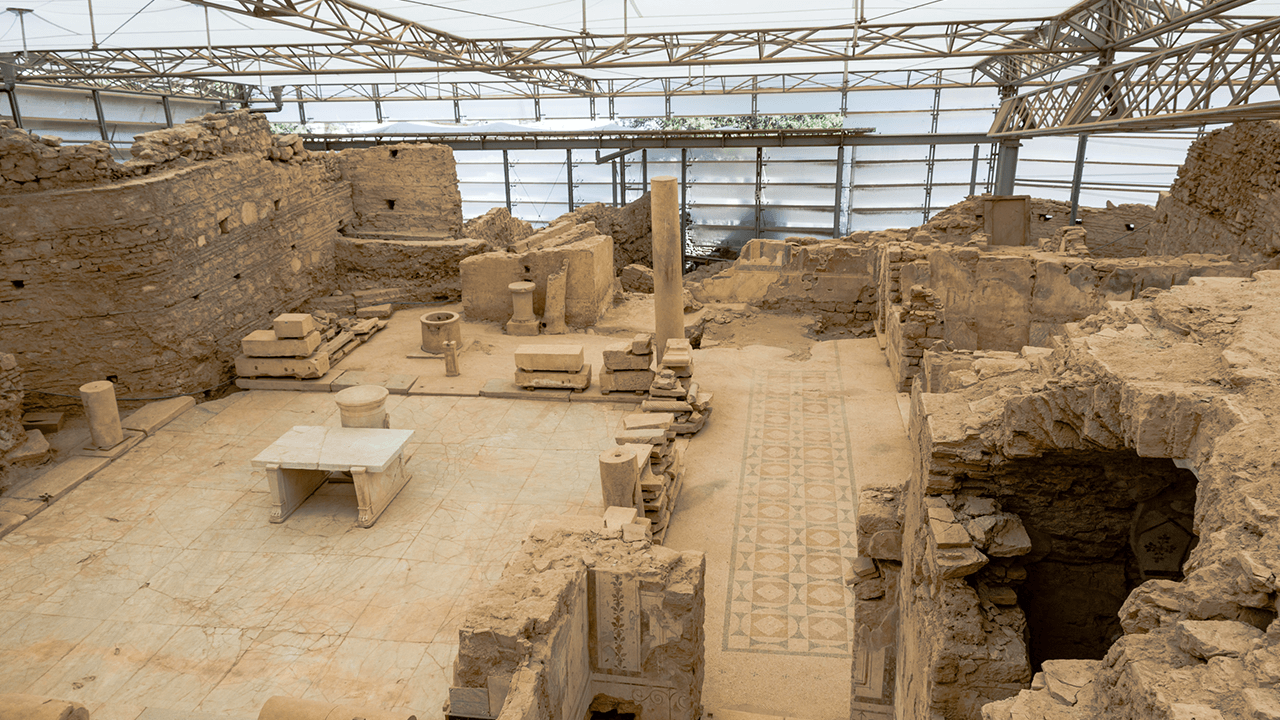
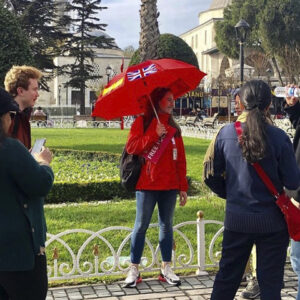


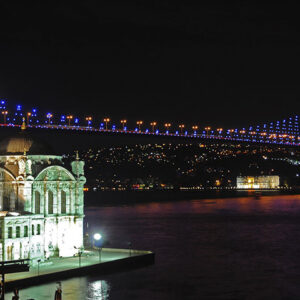

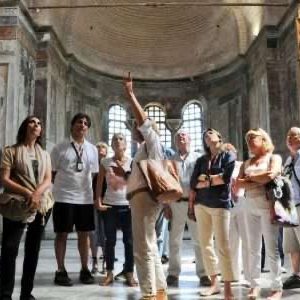
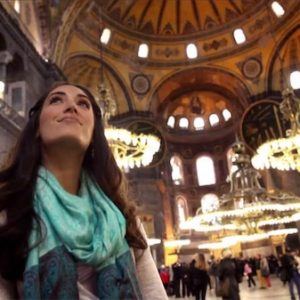


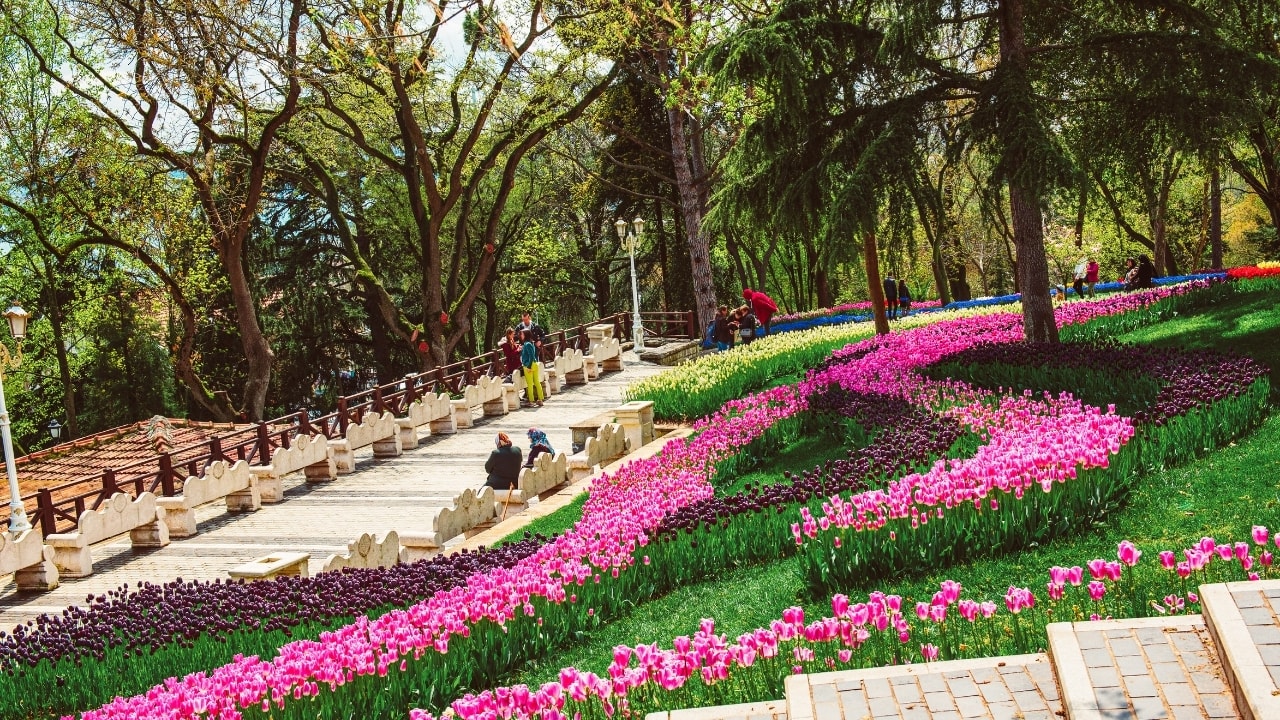


3 thoughts on “The Terrace Houses”
★★★★★
Looking for an authentic and enriching experience? ‘The Terrace Houses’ is the place to be! Absolutely worth the visit.
★★★★★
Every moment spent at ‘The Terrace Houses’ was filled with wonder and learning. It’s a place I will always cherish.
★★★★★
The charm of ‘The Terrace Houses’ captivated me entirely. It’s a destination that leaves no one indifferent.